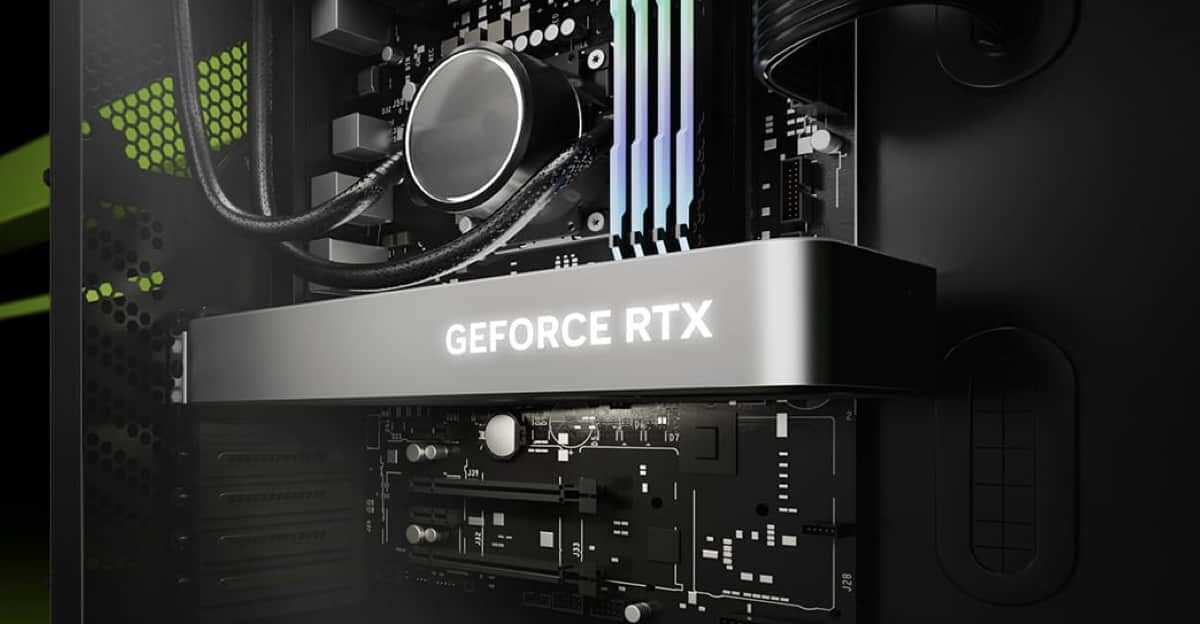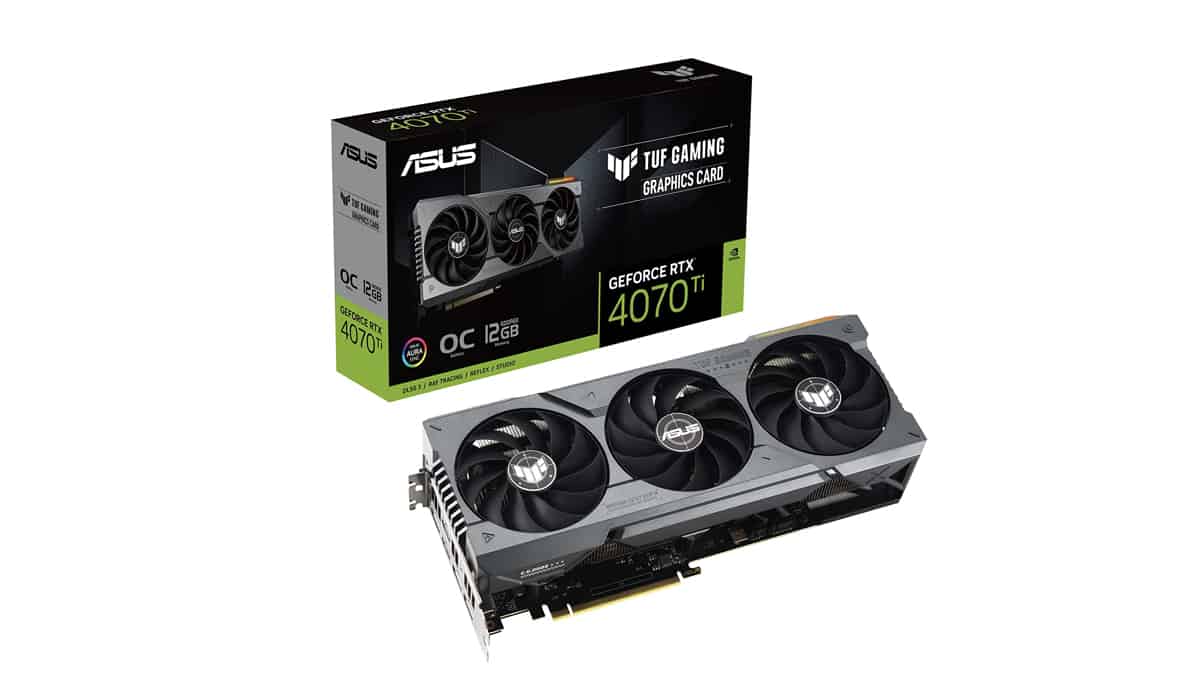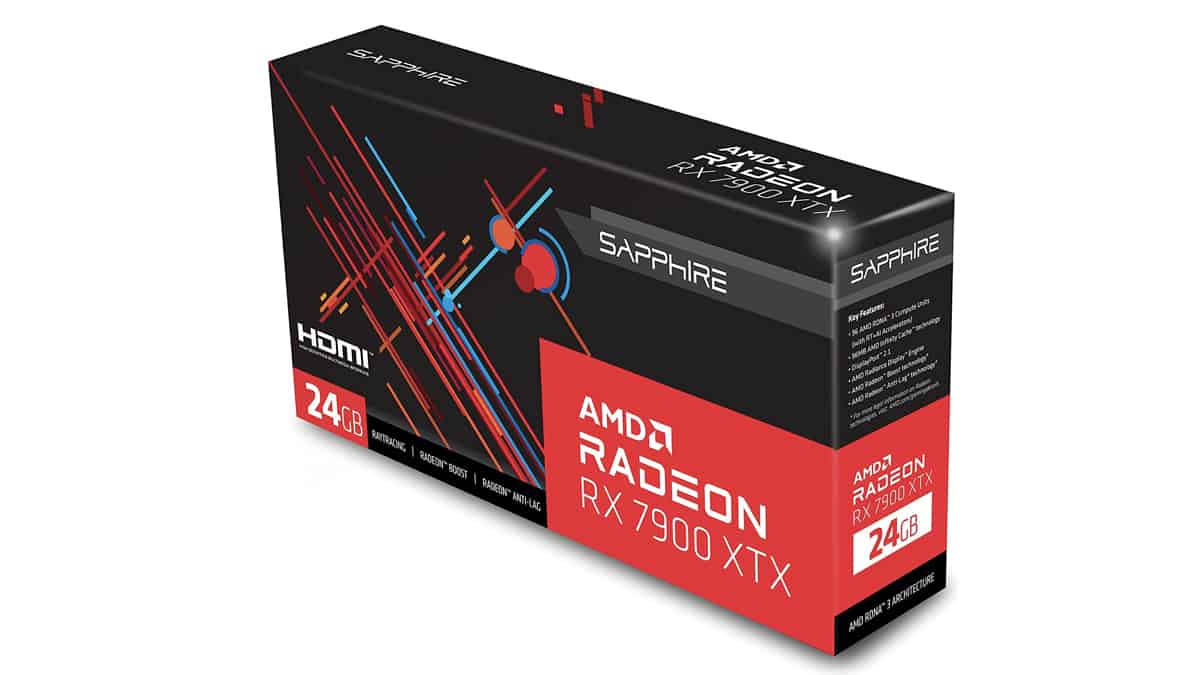Last Updated on
Nvidia has revolutionized the mid-range GPU market with the RTX 4070 Ti. It excels in both value for money and performance. This is the furthest it’s ever gone with an xx70 class. Meanwhile, AMD has also recently dropped two flagship GPUs: the 7900 XT and the more stripped-back 7900 XT. Both cards are built over the Navi 31 GPU. However, the XT has some cuts in its specs which lower the overall cost.
In this article, we will analyze the difference between the two GPUs, comparing the 7900 XT vs RTX 4070 Ti. We will look into the specs differences, price opportunities, and performance delivery in great detail to finally answer the all-important question: what is the best mid-range GPU on the market?
7900 XT vs RTX 4070 Ti: Specs
Spec-wise, both GPUs provide good features considering the budget price. The main advantage of the 7900 XT over the RTX is the main core of the GPU. The XT is built over the NAVI 31, the best version of the unit in the last series, while Nvidia built the 4070 Ti with the AD 104, using Ada Lovelace architecture.
In this regard, AMD managed to keep a slightly more feature-rich build. Let’s break this down to see how they differ.
| SPECS | RX 7900 XT | RTX 4070 Ti |
|---|---|---|
| GPU | Navi 31 | AD 104 |
| Cores | 5376 | 7680 |
| Memory size | 20 GB GDDR6 | 12 GB GDDR6X |
| Memory bus | 320 bit | 192 bit |
| Bandwidth | 800.0 GB/s | 504.2 GB/s |
| Process Size | 5 nm | 4nm |
| RT Cores | 84 | 60 |
| L3 Cache | 80MB | – |
| FP32 (float) performance | 51.48 TFLOPS | 40.09 TFLOPS |
| TDP | 300W | 285W |
| Suggested PSU | 700W | 600W |
The RTX 4070 Ti has more CUDA cores and higher clock speeds, which results in a higher FP32 (float) performance of 40.09 TFLOPS compared to the RX 7900 XT’s 51.48 TFLOPS. Additionally, the RTX 4070 Ti also has a smaller process size of 4nm, which makes it more power efficient than the RX 7900 XT.
On the other hand, the RX 7900 XT has a larger memory size of 20GB GDDR6 and a wider memory bus of 320 bits, which results in a higher bandwidth of 800.0 GB/s compared to the RTX 4070 Ti’s 504.2 GB/s.
Furthermore, the RX 7900 XT also has more RT cores and an L3 cache, which will improve its performance in ray tracing and other tasks that rely on these cores. The L3 cache is a unique feature from AMD that helps to improve the overall performance of the GPU by reducing the pressure on the memory and allowing faster access to frequently used data.
Overall, the RTX 4070 Ti is a more powerful GPU when it comes to performance, but the RX 7900 XT may be better for tasks that require more memory and bandwidth. Or if you are looking for a GPU that has a larger L3 cache. In terms of power efficiency, Nvidia’s GPU is the one that comes out on top.
7900 XT vs RTX 4070 Ti: Price
Price, for the first time, is a close battle. Both GPUs were launched with an MSRP of $900. To be honest, the price does not feel fair in either case. At this point in the game, a $900 GPU should deliver better performance to the public, and both GPUs failed to do so.
This is the highest price Nvidia has ever put on an xx70-class GPU too. When the GTX 970 was released, it had a price tag of $329. However, with the release of the GTX 1070, the price increased to $379. With the introduction of ray tracing technology, the price jump was even more significant with the release of the RTX 2070 at $499.
The price for the RTX 3070 remained similar, but the RTX 4070 Ti has a much higher MSRP of $799. This represents a significant increase in price – even though any future RTX 4070 may come in slightly cheaper.
7900 XT vs RTX 4070 Ti: Performance
Based purely on the specs, we can conclude that the performance of these two GPUs is close enough to stop and do some major research before you buy. According to various verified benchmarks, we can see that in resolutions like 1080p or 1440p the FPS delivery is around the same. Some games perform better with the 4070 Ti due to how are they optimized, while others work perfectly with the AMD card.
However, as we advance in the resolution we start to see the difference. The 7900 XT was built with big resolutions in mind, so it is normal that the unit increases the gap in 4K gaming. Everything changes, though, when ray tracing comes to play; the moment the feature is enabled the 4070 Ti saves itself and boosts its performance to improve upon the 7900 XT’s results.
Final thoughts
In conclusion, the RX 7900 XT and RTX 4070 Ti are both powerful high-end graphics cards, each with its own strengths and weaknesses. The RTX 4070 Ti has more CUDA cores, higher clock speeds, and a smaller process size which makes it more power efficient, with a higher FP32 (float) performance of 40.09 TFLOPS.
On the other hand, the RX 7900 XT has a larger memory size and a wider memory bus, which results in a higher bandwidth of 800.0 GB/s, more RT cores, and L3 cache. This is a feature that helps to improve the performance of the GPU, by reducing the pressure on the memory and allowing faster access to frequently used data.
The RTX 4070 Ti has a higher MSRP of $799, while the RX 7900 XT has an MSRP of $899. In terms of power efficiency, the RTX 4070 Ti is the winner, but for tasks that require more memory and bandwidth, the RX 7900 XT might be a better choice.
- Now read: where to buy the RTX 4070 Ti





